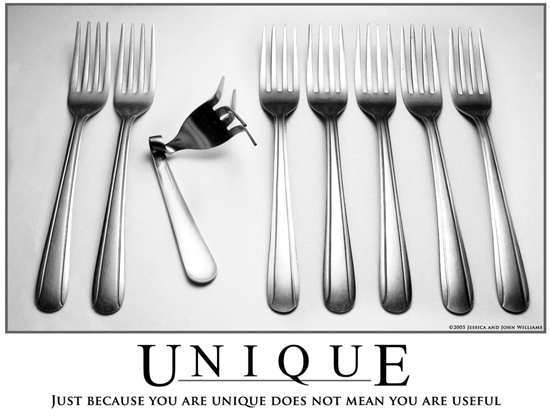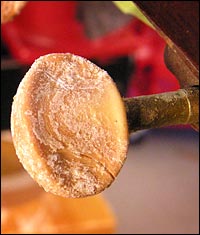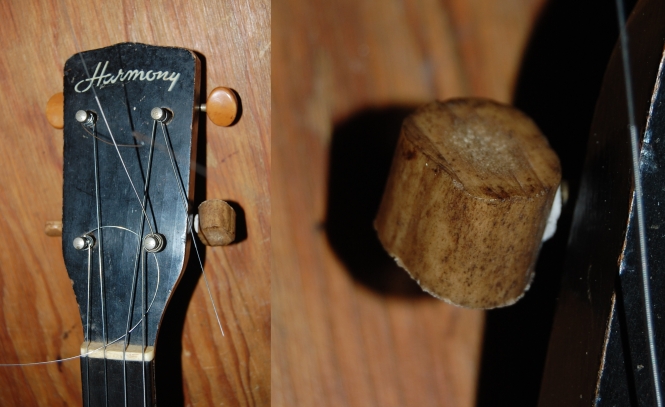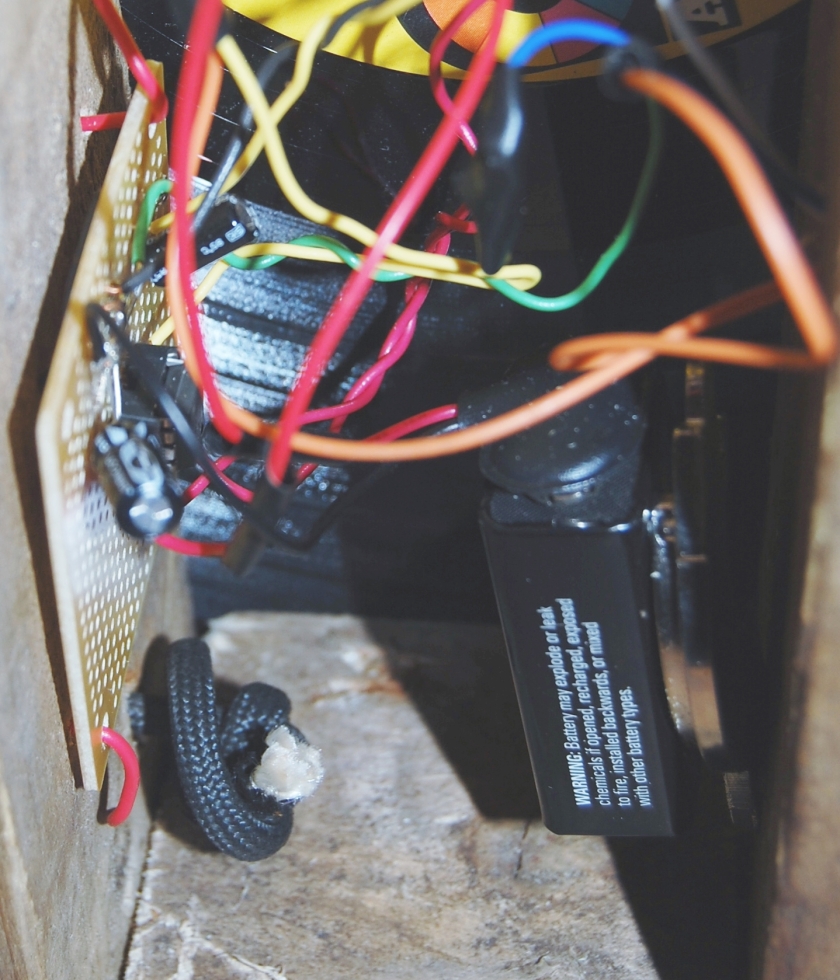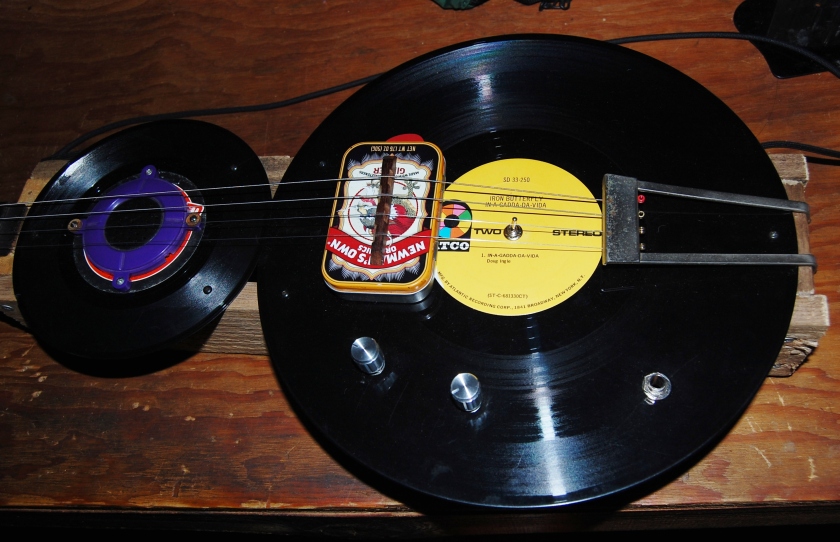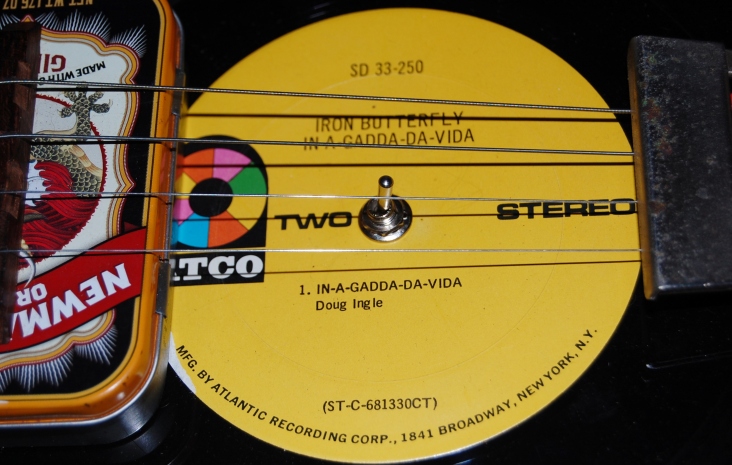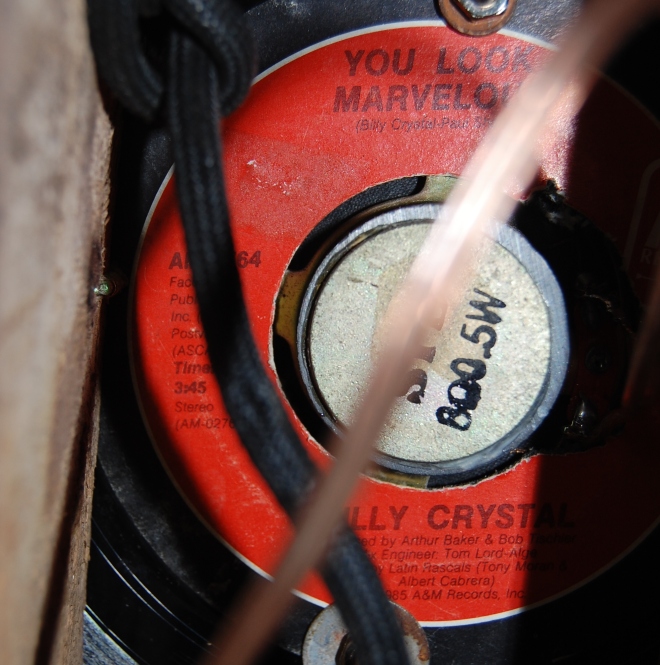
We all mourn the passing of actor, photographer, and singer, Leonard Nimoy. But let’s face it. Were it not for a single role he played, on a short lived TV show from the ’60s, most of us wouldn’t give a rats ass about Leonard Nimoy.

Mr. Spock, however, the eminently logical, half-alien, science officer of the Starship Enterprise became a role model for a whole generation of emotionally distant men, and Star Trek’s vision of a bright, high-tech future captured our imagination and defined our aspirations as a culture.

Star trek provided us with a vision of the future that we could look forward to. We had solved all of our Earthly problems, managed to have friendly, cooperative relations with thousands of other civilized high-tech cultures from far-flung galaxies. We had plenty of resources, and the technology, to send 5,000 young people into deep space on a giant spacecraft capable of traveling several times the speed of light, just to see what kind of trouble they could get into.

Star Trek showed us that we could go anywhere in the galaxy, at any time of year, and we didn’t even need to bring a sweater.

Star Trek taught us that the universe was full of intelligent alien species who were, inexplicably, sexually compatible with humans, and spoke English, and Star Trek demonstrated how hairspray had become ubiquitous throughout the cosmos.

It’s an attractive fantasy, but a fantasy nonetheless. Today, in honor of the, by all accounts, warm, loving, and emotionally secure Leonard Nimoy, who, through his timeless portrayal of Mr. Spock, inspired so many naïve young men to become lonely sociopaths, we look back at Star Trek to see just how well it predicted the future. For instance:

Star Trek correctly predicted that we would have wireless communication devices that fit in the palm of our hands. They had these devices in Star Trek, yet somehow, they did not play with them all day.

Star Trek correctly predicted that we would talk to our computers. However, on Star Trek, the computer understands what they say, and responds. We mostly just curse at our machines when they crash.

Star Trek correctly predicted that we would all wear ugly polyester uniforms.
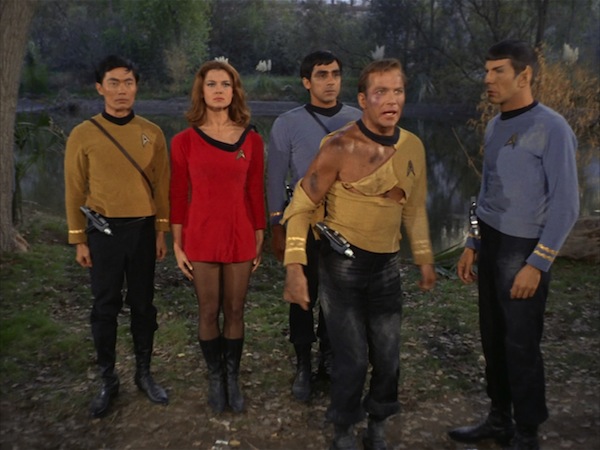
Star Trek could not have predicted how we look in them.

Star Trek correctly predicted that we’d always be at work. You never see anyone wearing civies on the Enterprise. They’re always in uniform, and they’re always on duty. Get used to it America.

Star Trek correctly predicted that, women would have to wear mini skirts to work, and take orders from an asshole like William Shatner, if they want to earn a living. Who would have imagined?

Star Trek correctly predicted that doctors would have better things to do than see patients. Look, doctors are the only people who can afford to do what they want in this society. If you could afford to do whatever you wanted to do, would you choose to preside over an endless parade of sick people complaining about their illnesses. Fuck no! You’d be like, “Gimme a phaser, Jim, and let’s go check out the local action.”

Star Trek correctly predicted that everyone would be single. I believe that Mr. Spock’s parents were the only married couple ever depicted on the show. Other than that, everyone in the show was single. Today, for the first time ever, more American adults are single, than in a committed relationship, yet oddly….

Star Trek correctly predicted that no one would have sex. In Star Trek, it’s like everyone is so impressed with their own intelligence and sense of purpose that they’ve lost all connection with their genitalia. Maybe “getting fixed” is a prerequisite for admission to Starfleet Acadamy, but a crewman on the USS Enterprise is at least 20 times more likely to be killed by hostile aliens than get laid. I’m afraid that’s true of most of my friends as well.

Star Trek correctly predicted that in the future no one would cook. On Star Trek you never see a kitchen. Instead, they take a lump of inedible inorganic material, put it on a plate, and place it inside of a high-tech box for a few seconds.

Miraculously it comes out looking something like food. Yes, Star Trek predicted Hot Pockets.

As you can plainly see, a lot of things that looked cool on Star Trek, kinda suck in real life. If you think about it, a cheesy sci-fi TV show is a pretty stupid thing to build a cultural mythology around, but its a pretty stupid culture, or as Mr. Spock would say, “Highly illogical.”






















